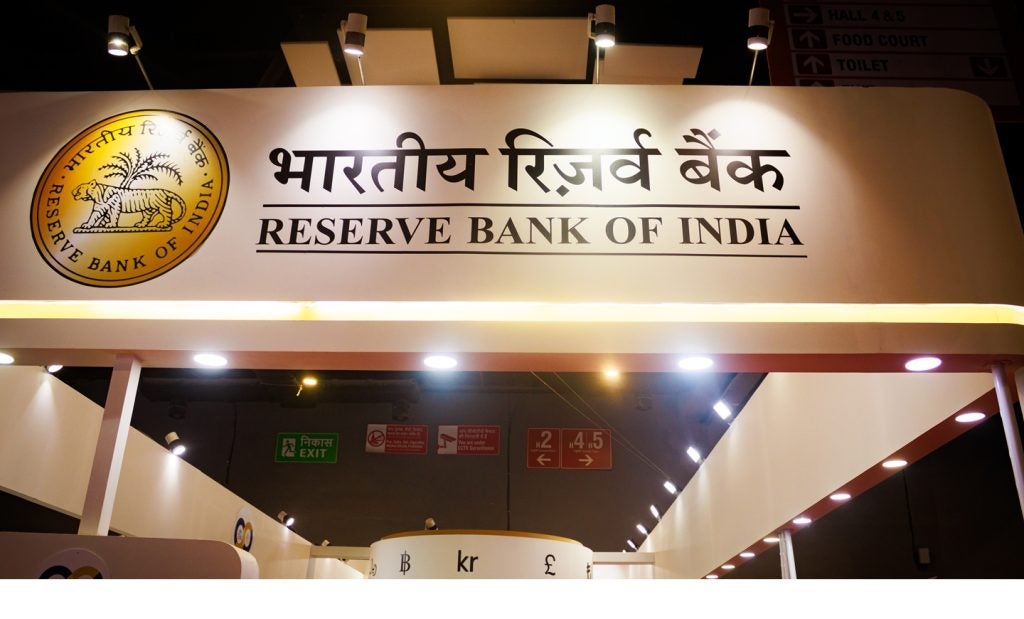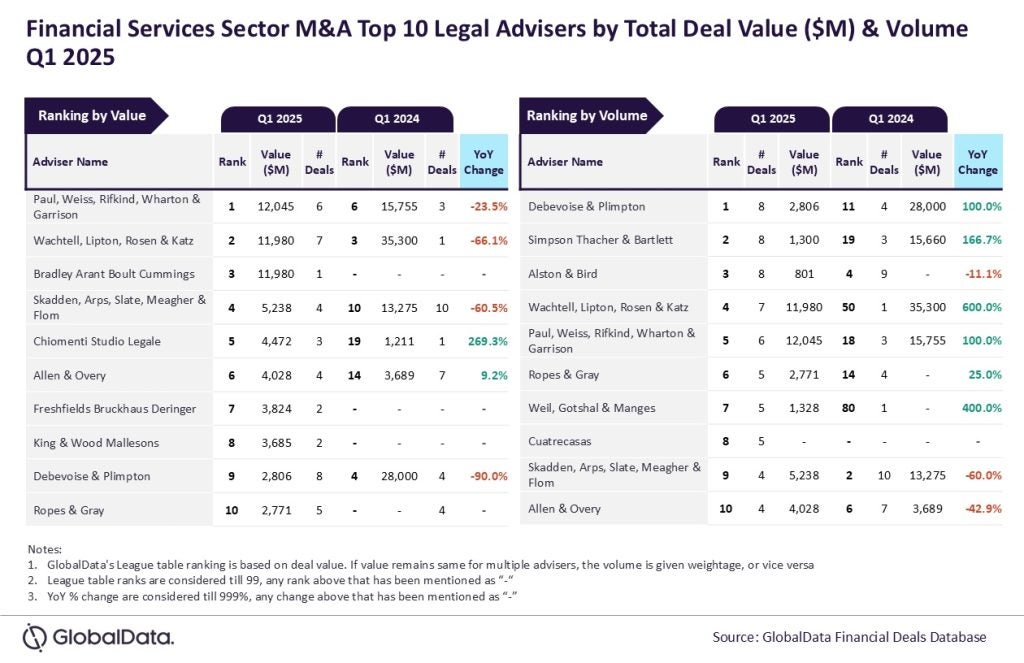The fifth webinar presented by Retail
Banker Interactive in association with Finacle from Infosys, on 30
January 2011, focused on how digital banking is evolving and
highlighted how user experience over digital platforms plays a
pivotal role in increasing a lender’s appeal to the consumer,
writes Meghna Mukerjee
 The
The
fifth webinar presented by Retail Banker Interactive in association
with Finacle form Infosys focused on digital banking and revolved
around how user experience over digital platforms can play a
pivotal role in influencing and increasing a bank’s appeal to the
customer.
Editor of Retail Banker
International, Douglas Blakey, who chaired the webinar,
started the session saying there is a creative need for all
organisations to “build on their cross channel activity” and ensure
a continuous engagement with customers in order to maintain a
regular and close connect.
The two speakers for the digital banking webinar were Rikard
Jofeson, CEO of Sweden’s fifth largest lender by assets
Länsförsäkringar Bank –and Sai Kumar Jayanty, lead product manager
at Finacle.

US Tariffs are shifting - will you react or anticipate?
Don’t let policy changes catch you off guard. Stay proactive with real-time data and expert analysis.
By GlobalDataLänsförsäkringar’s digital
strategy
Through his presentation, the first speaker,
Jofeson, explained Länsförsäkringar’s digital strategy and how the
bank has implemented its long-term plans across digital platform to
serve existing users better as well as increase its new customer
base.
“If you look at the company that I represent,
it is the Länsförsäkringar Alliance – which is 23 individual
insurance companies in Sweden that owns a bank called
Länsförsäkringar Bank. And we are a bit unique because we meet our
customers’ needs through our 23 different companies, which are also
owners.
“We have 3.4m customers that we have been
thanking for about 15 years. We are the number one brand in
customer satisfaction in Sweden,” said Jofeson.
Jofeson said that if Sweden’s online strategy
is taken into account, the current situation is “very interesting”
because Sweden has “extremely high internet penetration”.
Even though the internet is “not growing as
much as you might think” the great level of penetration makes it
seem as though the online growth is very high in all sectors
including financial services, said Jofeson.
“Only Finland and the Netherlands have
internet penetration higher than Sweden,” added Jofeson.
What is more interesting, according to
Jofeson, is the demographic of the online users as the maximum
level of the internet penetration in Sweden is among senior
citizens.
 “So
“So
the internet provides banking services to the elderly communities,”
said Jofeson.
Highlighting the way the Swedish population
uses the internet, Jofeson said:
“As far as how the internet is used in Sweden,
you see 78% paying bills online, and if you look at travelling it
is 76%. Today, a lot of the banking operations are based on the
internet. But we still believe that the physical customer meeting
us in the branches is extremely important and will remain so for
attracting new customers.”
99% of Länsförsäkringar customers pay their
bills online and 30% receive their loan applications online,
informed Jofeson.
Additionally, each Länsförsäkringar Bank
customer logs in approximately 15 times a month to his or her
internet banking platform on an average, said Jofeson, and this
number is still “increasing all the time”.
“Our strategy is that all our customers should
carry out all of their banking needs online. We are also going from
viewing the internet as a channel for the customer to a sort of a
meeting place for users and information gathering,” said Jofeson,
adding that Länsförsäkringar is moving its internet channel away
from being totally transaction oriented to a more personal
platform.
“That says a lot for local commitment and
means our 23 big companies can actually have bit of a different
identity on the internet. That would make us more local than the
competition,” said Jofeson.

Swedish online banking market
Though security is a key priority, Jofeson
informed that in Sweden “we have a very healthy cooperation between
all banks” in keeping security levels high.
“We track our customer behaviour a lot and
figure out how we should improve our services,” said Jofeson.
Jofeson added that Länsförsäkringar keeps a
watch on the banking industry and on “certain other industries”,
such as travel, to stay ahead.
“Our bank looks at how travel agencies operate
to see how they have developed their sales efforts on the internet,
Sales on the internet are still lagging behind a bit in Sweden when
it comes to financial services,” said Jofeson.
According to Jofeson, all banks in Sweden have
a decent online platform.
“We can increase the relationship by creating
activities for customers, to carry out banking and insurance needs
via our digital services,” added Jofeson, saying that the internet
is also going “more mobile”.
“The number of log-ins through the iPad is
increasing dramatically. The apps on iPhones and androids are also
increasing in popularity rapidly. More customers want to do
everything that they would do on the internet bank over their
smartphones or iPads. Paying small bills using mobile services is
increasing,” said Jofeson.
The future of banking is moving towards mobile
payments and that is one key area for Länsförsäkringar.
“We also see a trend around social media.
Customer service on Faceook is increasing. I would say internet,
iPad and mobile are more or less becoming one channel, and banks
are looking at one channel to get customers in one meeting
place.”
Jofeson said if a lender does not offer a
banking platform over the mobile and internet channels, its
opportunities to grow – especially among the younger customers –
will become difficult.
“Our bank has launched a limited internet
mobile service for the age group of 12 years to 16 years, and we
can already see after the first week of launching that the
16-year-olds are extremely eager to get on to the mobile banking
services,” said Jofeson.
User experience in focus
The second speaker, Jayanty, agreed with
Jofeson’s views, adding that different aspects together represent
the characteristics of the new era of digital banking.
“It is important that customer satisfaction is
driven by customer experience. Why? Because emotionally satisfied
customers bring in more business and loyalty,” said Jayanty.
“User experience is a term we often use in
multiple contexts for various products and services. So what is
user experience? Is it a technology? Is the user experience part of
the user interface? Is it the process of simplifying the task? Is
it just usability, accessibility, so that things are done
effectively?
“Clearly the user experience is not just one
or two of these things – it is a combination of all these things
and much more. To define user experience separately – it is the way
a person feels about using a product system or service,” said
Jayanti.
Although user experience highlights the
experiential, meaningful and valuable aspects of customer
interaction and product ownership, it also includes a customer’s
perception of the practical aspects of banking, such as utility and
system efficiency, said Jayanty.
“The experience needs to be powerful so that
user experience to the system is increased, translating that in to
increasing business for the banks,” added Jayanty.
A powerful user experience, however, cannot be
achieved through a one size-fit-for-all model, says Jayanty.
“It is about personalisation – making the
entire user experience relevant to the person. Enabling customers
to take action and providing access.
“The experience must be consistent on an all
time mode, across interactions, between the customer and the bank
whenever the customer wants. Banks should be able to provide human
help whenever needed to add value and they should be empathetic to
the customer’s needs.
“Bringing the human phase in that interaction
whenever it is required is very important. Finally, user experience
should be rewarding. It should make it easy, intuitive and
rewarding for customers to achieve their goals,” said Jayanty.
“In conclusion, it is important to measure the
user experience in context, convenience, taste, and appeal. Banks
should focus as well as the technology delivering a solution to the
banks so that they can enable their end customer.”
Jayanti said it is important to “begin their
user experience journey today towards creating greater customer
loyalty, profitability and satisfaction” because emotionally
satisfied customers can benefit the bank and themselves by getting
the right product, through the right channel, at the right
time.
Q&A session
The Q&A session that followed brought
several interesting listener questions to the fore. Strong among
them was: Can you give an approximate of the investment the
Länsförsäkringar has made in its mobile banking platform?
Though Jofeson did not reveal a number, he
stressed it is a large portion of the investments Länsförsäkringar
has made in 2011, and going forward in 2012.
Sai was asked, given the number of banks still
struggling with old legacy systems, do lenders have adequate IT
budgets to take advantage of the latest digital
offerings?
“In our experience that goes across multiple
geographies globally, there were and are situations where banks
have old legacy systems – and these are predominantly backend
systems, or core systems mainly covering just transactional
banking.
“Of course the restraints on the IT spend in
core banking systems has been seen, there are banks looking to
transform their overall IT systems. Predominantly banks are looking
to transform and deliver the frontend applications especially in
the online space. IT is being considered smartly so that those
applications that can deliver differentiated customer experience –
especially in the online space,” said Jayanty.
Another query that came in from a number of
listeners was related to the growth of tablets and whether its
growing popularity will act as a catalyst to redesign online
banking, to which Jofeson said that the tablet will be “game
changing” going forward.
Two spot polls were run during the course of
the webinar.







